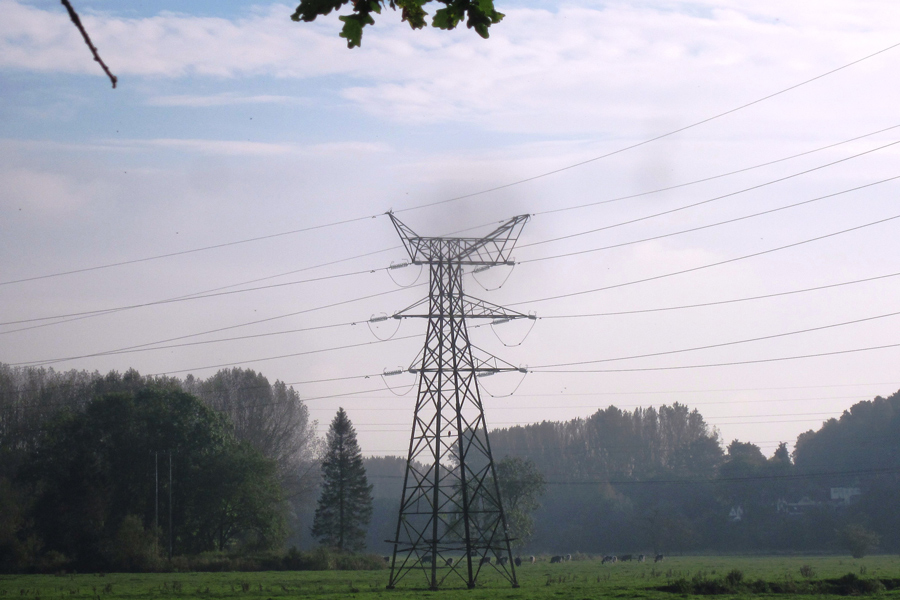
Research centre to solve climate problem ‘long overdue’
A plan to set up a research centre “to solve the climate problem” is long overdue said Midlands green energy expert Ron Fox.
He was commenting on an initiative co-ordinated by the government’s former chief scientific adviser, Professor Sir David King, to investigate radical solutions such as refreezing the earth’s poles and removing CO2 from the atmosphere.
The scheme, which is the first of its kind in the world, is being set up because experts believe current approaches will not on their own stop dangerous and irreversible damage to the planet.
“This is great news and could lead to dramatic reductions in carbon emissions,” said Ron, of Noreus Ltd on the University of Keele Science Innovation Park.
“I agree with the professor who said what we do over the next ten years will determine the future of humanity for the next 10,000 years.”
The new Centre for Climate Repair is part of Cambridge University’s Carbon Neutral Futures Initiative and is led by climate scientist Dr Emily Shuckburgh.
She said their mission would be to “solve the climate problem” adding that they cannot afford to fail.
They will be looking at three main areas – refreezing the poles, recycling CO2 and greening the oceans.
Scientists said one of the most promising ideas was with the North and South Poles. They plan to “brighten” the clouds above them by pumping seawater up to tall masts on ships through very fine nozzles.
This produces tiny particles of salt which are injected into the clouds, making them more widespread and reflective, so cooling the areas below them.
A second scheme is a variant of carbon capture and storage (CCS) which involves collecting carbon dioxide emissions from coal or gas fired power stations or steel plants and storing them underground.
Professor Peter Styring, of the University of Sheffield, is developing this pilot scheme with Tata Steel in Port Talbot in South Wales which effectively recycles CO2 by converting the firm’s carbon emissions on site into fuel using the plant’s waste heat.
Prof Styring said they had sources of hydrogen, carbon dioxide, heat and renewable energy from the plant and they were going to harness all of them to make synthetic fuels.
A third plan is to look at greening the world’s oceans so they can take up more CO2 by fertilising the sea with iron salts to promote the growth of plankton.
This could also lead to genetically engineering heat-resistant coral or dumping chemicals into the sea to make it less acidic.
“These plans are very innovative,” said Ron. “Because if we reduce our emissions all we are doing is making the global climate warmer a bit more slowly when it’s already too warm and we have already got too much CO2 in the atmosphere.”
But he added: “Climate repair actually cools the planet bringing it back to what it was before global warming.”




